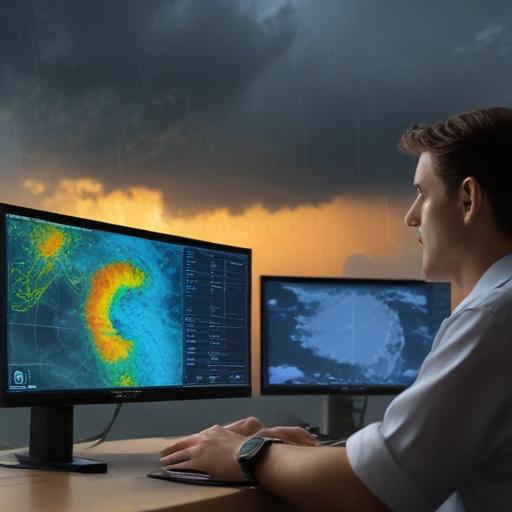CHARLESTON, S.C. – This week, the Atlantic Ocean is experiencing a surge of tropical activity, with one named storm and two areas under observation for potential development.
Tropical Storm Dexter, which formed on Sunday, is currently tracking northeast and moving away from the South Carolina coast. As of Tuesday morning, Dexter was located approximately 345 miles north of Bermuda, with sustained winds of 40 mph and gusts that are higher. The storm’s central pressure stands at 1005 mb, and tropical-storm-force winds extend up to 115 miles from its center. Notably, forecasters from the National Hurricane Center have indicated that Dexter poses no threat to the U.S. and is not expected to impact land. Although some weakening is taking place, Dexter is projected to regain strength before transitioning into a post-tropical cyclone later in the week.
In addition to Dexter, meteorologists are monitoring an area of low pressure off the South Carolina coast, which may develop over the next few days. The forecast suggests a slow drift to the west and northwest. Development chances for this low-pressure system are currently low, with a 10% possibility of formation in the coming two days and a 40% chance over the next week. Increased rain and storm activity could accompany this system.
Moreover, a tropical wave leaving the west coast of Africa is generating showers and is expected to encounter conditions favorable for gradual development as it moves into the central tropical Atlantic Ocean. While the likelihood of this tropical wave developing in the next 48 hours is minimal, it carries a 50% chance of becoming a tropical depression within the upcoming week.
The next names on the storm naming list, should further storms develop, include Erin, Fernand, Gabrielle, and Humberto.
The evolving nature of these weather systems showcases the dynamic character of the Atlantic during this time of year, illustrating the importance of ongoing monitoring and preparedness in coastal regions.
